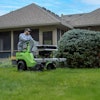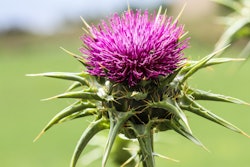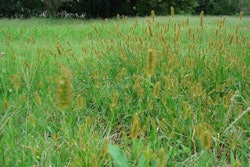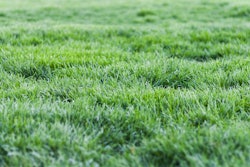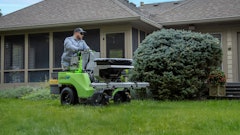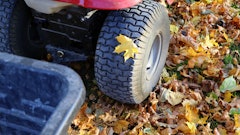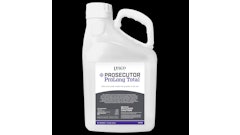
A weed is defined as any plant that is unwanted within a certain area. So for a grass seed lawn, the list of unwanted plants, or weeds, is an extensive one. Although there are countless herbicides on the market to treat a multitude of weeds, they aren’t always effective and can be extremely toxic when used incorrectly. If you are adamant about not having weeds in your lawn, the first step would be to prevent them from germinating to begin with. Most soil is full of seeds that are waiting for the right conditions to start growing into weeds. Here are five things you can do to prevent those conditions from happening:
1. Mow your lawn as high as possible, and avoid scalping it. When the taller grass is blocking sunlight, the seeds that are lying dormant in the soil are less likely to germinate and compete with your lawn.
2. Water as infrequently and as deeply as possible. Doing so increases the length of the roots and thereby increase the lawn’s tolerance for drought and other environmental stresses. It also means there is less water for weeds to use. Frequent, light irrigations are perfect for weeds such as gooesegrass, crabrgrass, annual bluegrass, plantains and nutsedges to start growing.
3. If your soil is overly clay and dense, you should be aerating at least once a year, maybe twice a year—especially if your lawn sustains a lot of foot traffic. Compacted soil limits the drainage and oxygen flow into the soil, which makes the lawn more susceptible to stresses. It also provides an ideal opportunity for some annual grasses and sedges to begin growing. Aerating will keep your soil loose and prevent those weeds from becoming too established.
4. If your lawn is thick and dense, there will be nowhere for weeds to take root. Normal and correct maintenance practices will keep the lawn thick, but choosing a shade-tolerant grass seed for shady areas will also help. Shade is one of the biggest reasons for a thinning turf, and shade also happens to be a broadleaf weed’s preferred environment. Try to limit the amount of foot traffic, watering, fertilization and mowing in the shaded area if you can’t plant a shade tolerant variety.
5. If you see bare patches in your lawn or overall thinning, take the time to reseed, or to cut a piece of sod to fit the bare area. Otherwise, weeds will take advantage of the unused space and start to germinate and grow. Make sure that you understand what caused the bare patch or thinning in the first place and correct it in the future—otherwise you will be spending and wasting a lot of money on new grass seed.
Rob Wendell is the chief executive officer and director of Granite Seed Company, supplier of premier seed and erosion control products to commercial customers and government agencies. Rob led the launch of www.NaturesFinestSeed.com, a division of Granite Seed focused on bringing superior seed products to consumers nationwide.

